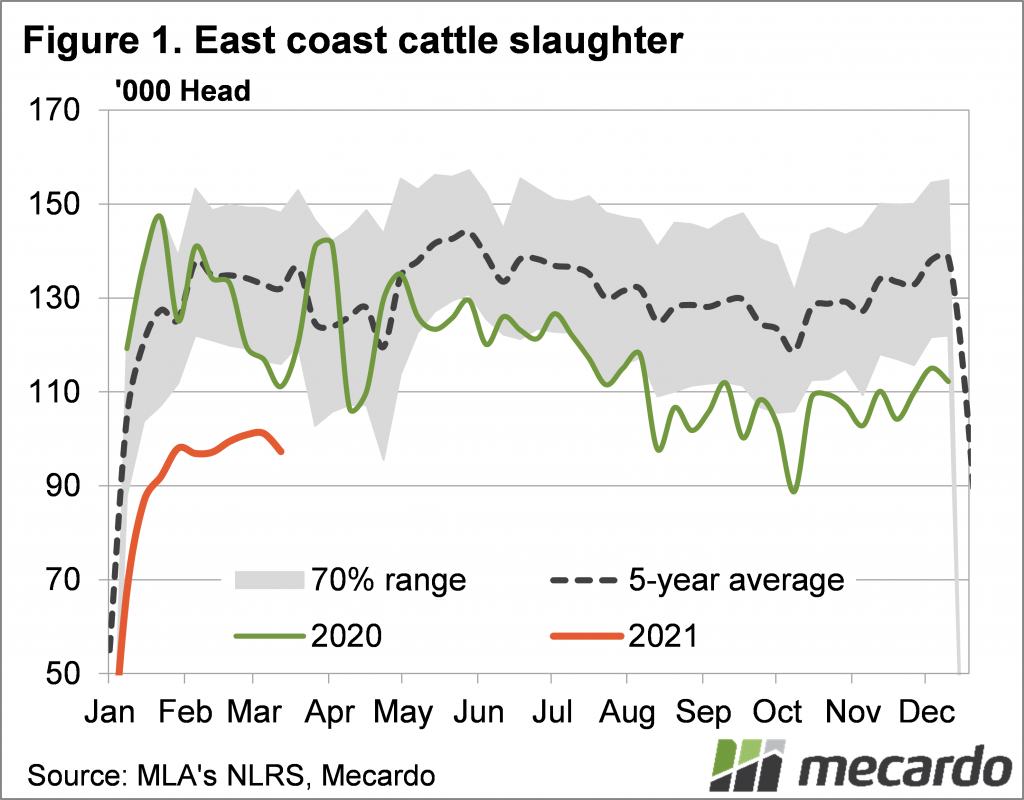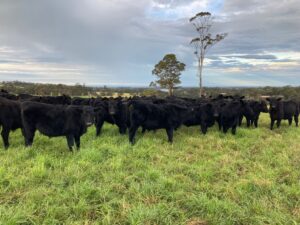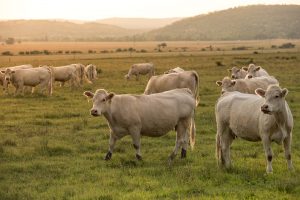As the herd rebuild has taken hold, cattle slaughter has slumped to extremely low levels in the first quarter of 2021. After such low numbers going through processors, Meat and Livestock Australia’s (MLA) annual forecast is looking like it might be on the high side.
For the year to date east coast cattle slaughter has taken an extraordinary dive. Figure 1 shows the weekly slaughter numbers from MLA, with a 27% year-on-year decline taking weekly slaughter to levels not consistently seen since the 80s.
The public holiday in some states last week saw slaughter dip lower, it should recover somewhat, but 100,000 head per week seems to be about the limit at the moment.
The fall in cattle slaughter has been pretty general across the east coast. Victoria has had the strongest decline, down 31%, while the largest slaughter state, Queensland, is down 28%. NSW fell 26%. Both northern and southern zones have been afflicted by tighter supply of slaughter cattle.
Back in February MLA released their forecast for cattle slaughter for 2021. MLA pegged slaughter at 6.9 million head, down 2.6% on 2020. If slaughter has spent the first quarter 27% lower than last year, how does that mean the annual rates are going to pan out?
In figure 2 we have taken the MLA forecast of 6.9 million head, deducted our estimate for January to March slaughter, which is based on weekly data. Then we applied average seasonality to the remaining slaughter months.
Figure 2 suggests, that if we are going to hit the 6.9 million head of slaughter by the end of the year, we’ll have to see a year-on-year increase from May to December. In fact, for the rest of the year cattle slaughter will have to be 5% higher than the same time last year.
Cattle slaughter won’t have to be as high as the five-year average, but if we are to see the slaughter levels predicted, it’s going to have to pick up from the first quarter.
What does it mean?
It is more likely that we’ll see cattle slaughter lower than the 6.9 million head predicted, rather than see a 5% increase for the rest of the year. If slaughter stays at around the 100,000 head per week level it’s been at for the first quarter, cattle slaughter could come in as low as 6 million head, a level not seen since 1985.
It’s hard to see cattle slaughter getting any lower, and as such continued lower levels are unlikely to see prices get any stronger. If slaughter does start to rise, prices are likely to do the opposite.
Have any questions or comments?
Key Points
- First-quarter cattle slaughter has been extremely low, down 27% on last year.
- Slaughter rates have been much lower than needed to hit MLA’s annual target.
- It looks like cattle slaughter will be lower than even the weak forecasts from February.
Click to expand
Click to expand
Data sources: MLA, Mecardo














